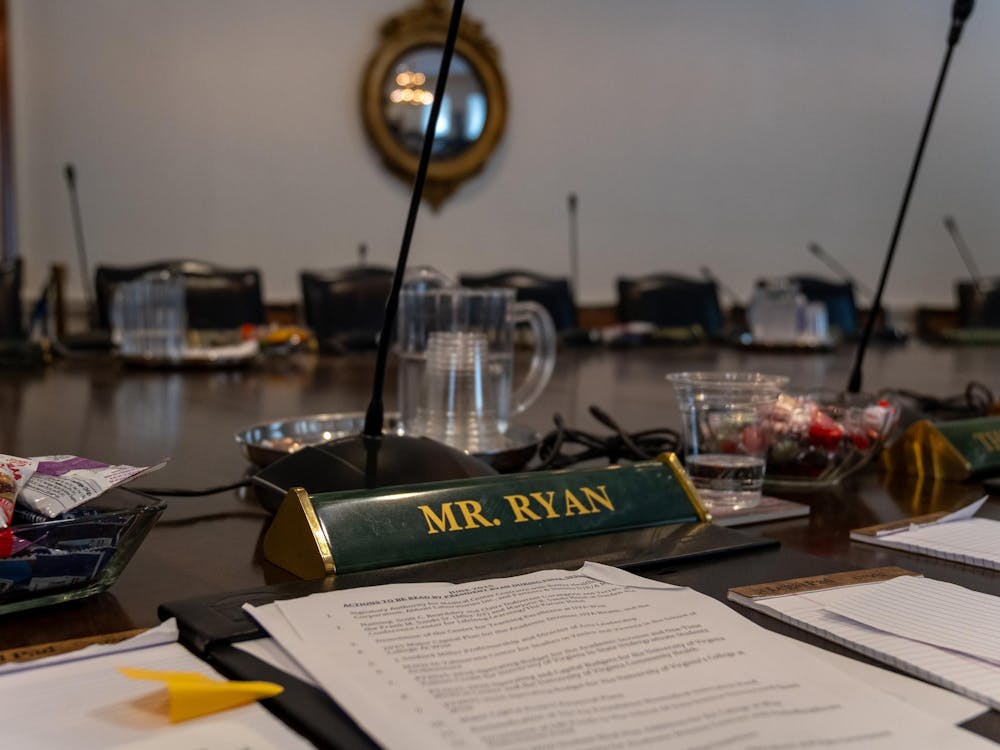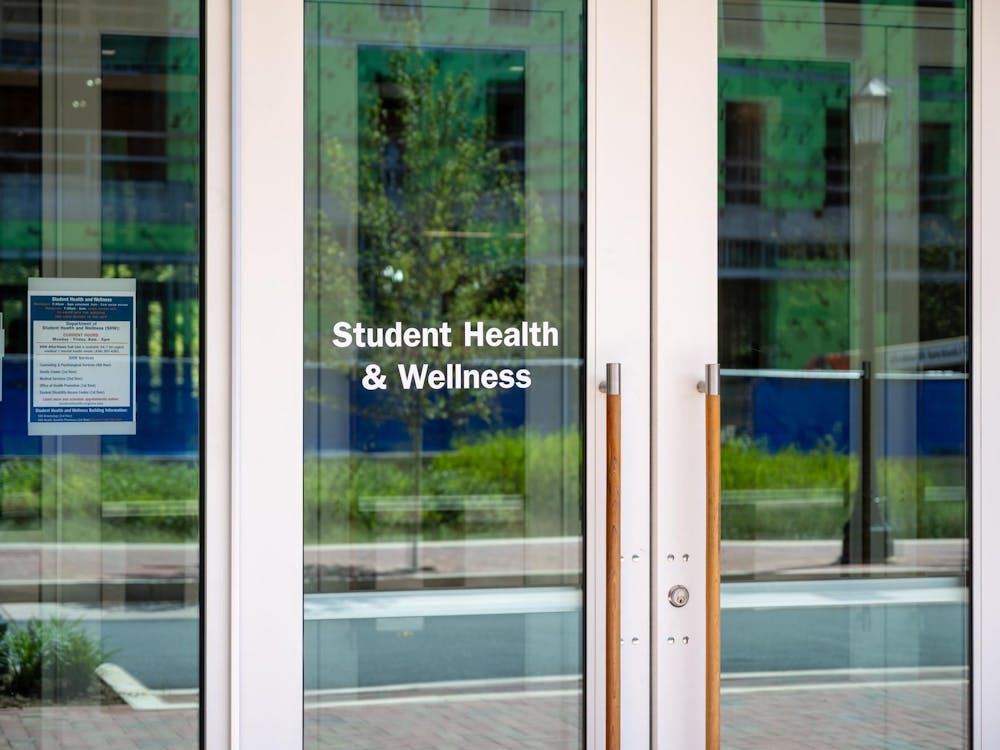Last week a group of 5,228 students became the 183rd class admitted to the University. While these students now hold their fates in their own hands and can mull their decisions in peace, the fates of the thousands of future University applicants rests on the resolution of a variety of issues related to college and university admissions.
Two such issues that regularly generate national debate are the use of the SATs in college and university admissions, and the practice of some institutions to accept students "early decision."
Schools that allow early decision, such as the University, let applicants seek admittance months before regular applicants. If a student is accepted early decision, he or she is required to attend that college or university. Supporters of early decision note it allows many high school students to rest easy about their future plans and that it lets applicants indicate which school is their first choice.
"The early decision is a helpful protocol for students who do early investigations of colleges and universities," Dean of Admissions John A. Blackburn said. Yet some see problems with the system. In particular, students who need financial aid often do not apply early decision because they need to know how much aid they will receive before committing to one university. Sergio Glait, a first-year in the College who receives financial aid from the University, said he did not apply early decision for just this reason. "If I had applied early decision and been accepted and been given barely any financial aid I would have been in big trouble because I couldn't have afforded to come here," Glait said.
Wendy Sittner, programs manager of College Bound Inc., an organization that helps students in Washington, D.C. public high schools gain acceptance to college, said she has noticed a similar pattern.
"Not many of our students apply early," Sittner said.
She said she was unsure whether the financial aid issue kept D.C. students from applying early or whether other factors affected such decisions. The University acknowledged financial aid considerations prevented poorer students from applying early decision, and thus took steps to address this problem six years ago.
"Over the past six years we have been offering an estimate of financial aid," University Financial Aid Director Yvonne Hubbard said. Hubbard said these estimates are designed to help students who need aid to know whether they will be able to attend the University and thus allow such students to apply early decision.
"The estimates are very close to what the packages are," Blackburn said. However, these efforts have not completely solved the problem. "It hasn't helped as much as we thought it would," Hubbard said. "Unfortunately not too many students have taken advantage of" the aid estimates.
The problem is perhaps exacerbated by the fact the University accepts more students early decision each year. This past fall the University received 13 percent more early applications and accepted 8 percent more students early.
"The more you [accept students early] the fewer financial aid students you get," Hubbard said.
Though the problem persists, the University did make some progress in persuading students who need aid to apply early, Blackburn said. Hubbard attributes the continuing lack of poorer students applying early to two factors. Guidance counselors advise students needing aid not to apply early and such students like to compare aid packages before making a final decision.
"People asking for financial aid generally like to bargain," Hubbard said. Sittner's observations appear at least anecdotally to confirm Hubbard's account.
"Early decision isn't an option that is really encouraged for students in D.C. public schools by their guidance counselors," Sittner said.
Others voice different complaints with the early decision system.
Yale University President Richard Levin has publicly opposed early decision because he thinks it forces high school students to decide where they want to attend college too soon in their senior years.
One alternative to early decision is its non-binding equivalent, "early action." But early action's downside is that it takes most of the leverage away from the college or university and gives it to the student.
Many universities feel obligated to retain the early decision system as long as other schools do so, thus, the practice most likely will remain for at least several years.
Another equally controversial aspect of the present admissions process is the SATs. Most colleges and universities consider an applicant's SAT I scores when deciding who to accept and who to reject.
"The SAT I and II make up one component of the whole range of factors we use," Blackburn said.
The SATs "take on varying levels of importance" depending on the applicant, he added.
The SAT I, the test that makes or breaks the fates of many college hopefuls, has faced intense scrutiny recently.
"One of the big problems with the SATs is that it does a poor job predicting performance," said Christina Perez, a representative of the National Center for Fair and Open Testing. "The best thing the SATs measure is how you do on the SATs."
The test in particular does not effectively represent the future college success of women and minorities, Perez said. However, Blackburn maintained that the SAT does help measure college performance when considered in conjunction with other factors.
A variety of sources also claim the test's purpose remains unclear. Some view the exam as measuring intelligence, while others perceive it as a gauge of how much a student has learned in school.
"The College Board talks out of both sides of its mouth on that issue," Perez said. Such concerns prompted University of California President Richard Atkinson to criticize the current exam.
Atkinson and California have taken steps to generate alternatives to the SATs for undergraduate admissions and the College Board is considering changing the exam in response to these criticisms.
"California is their biggest client and they don't want to lose them," Blackburn said.
The Board is considering adding a writing sample and more difficult math problems to the SATs. Blackburn said he supports the addition of the writing sample. Other proposed changes include the elimination of the analogies section. Blackburn said he would like to see the analogies section continue to be part of the exam. "Analogies are a good way to show differences among students," Blackburn said.
Despite criticisms, the SATs remain an entrenched part of the admissions process at the University and at institutions of higher education throughout the country. Future University applicants also will likely continue to endure the test to become part of the University community.






